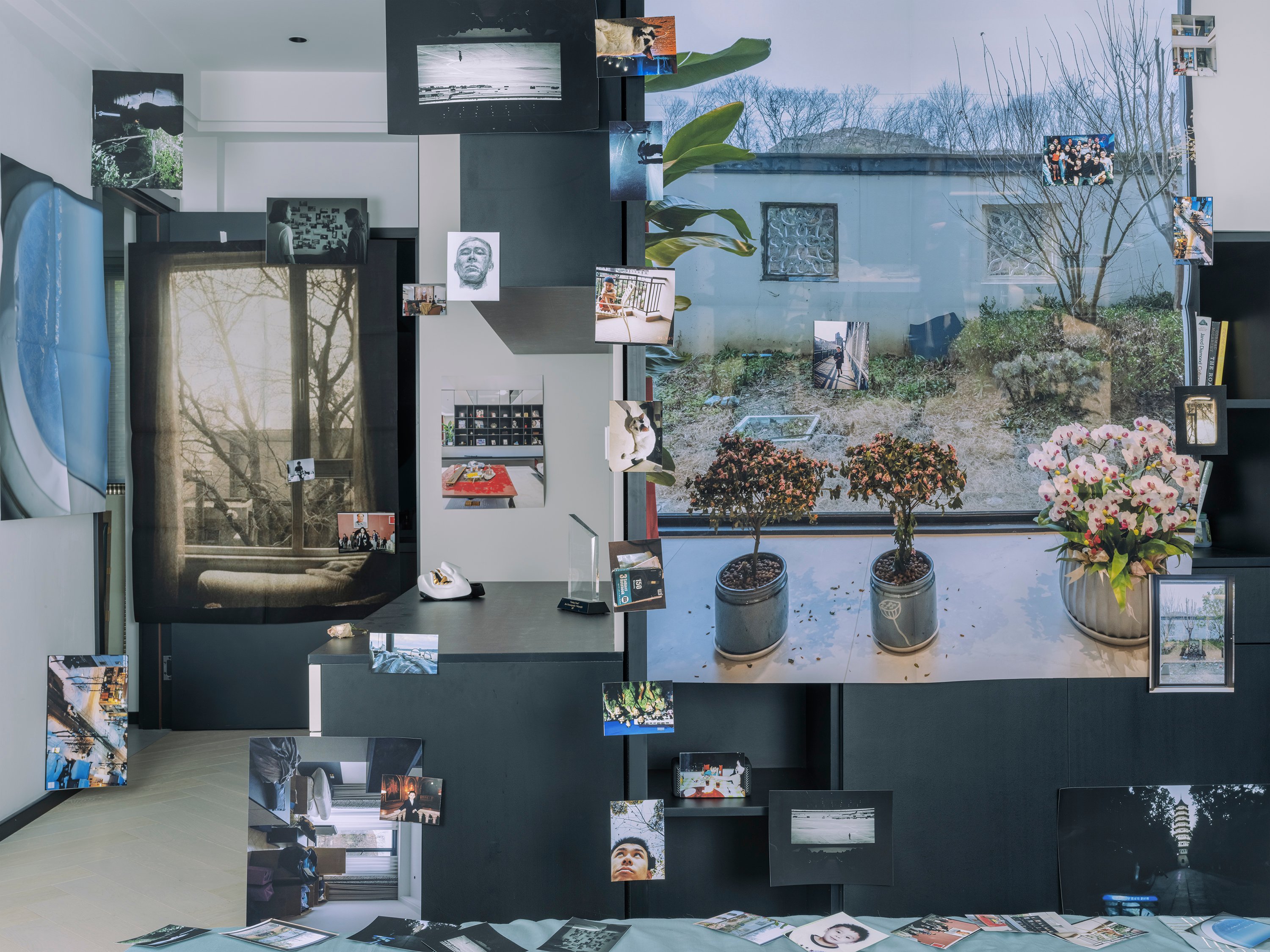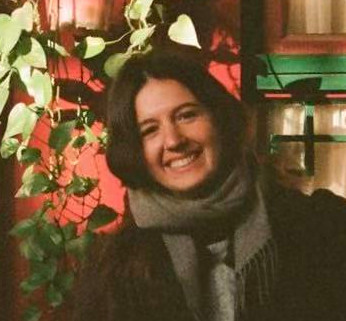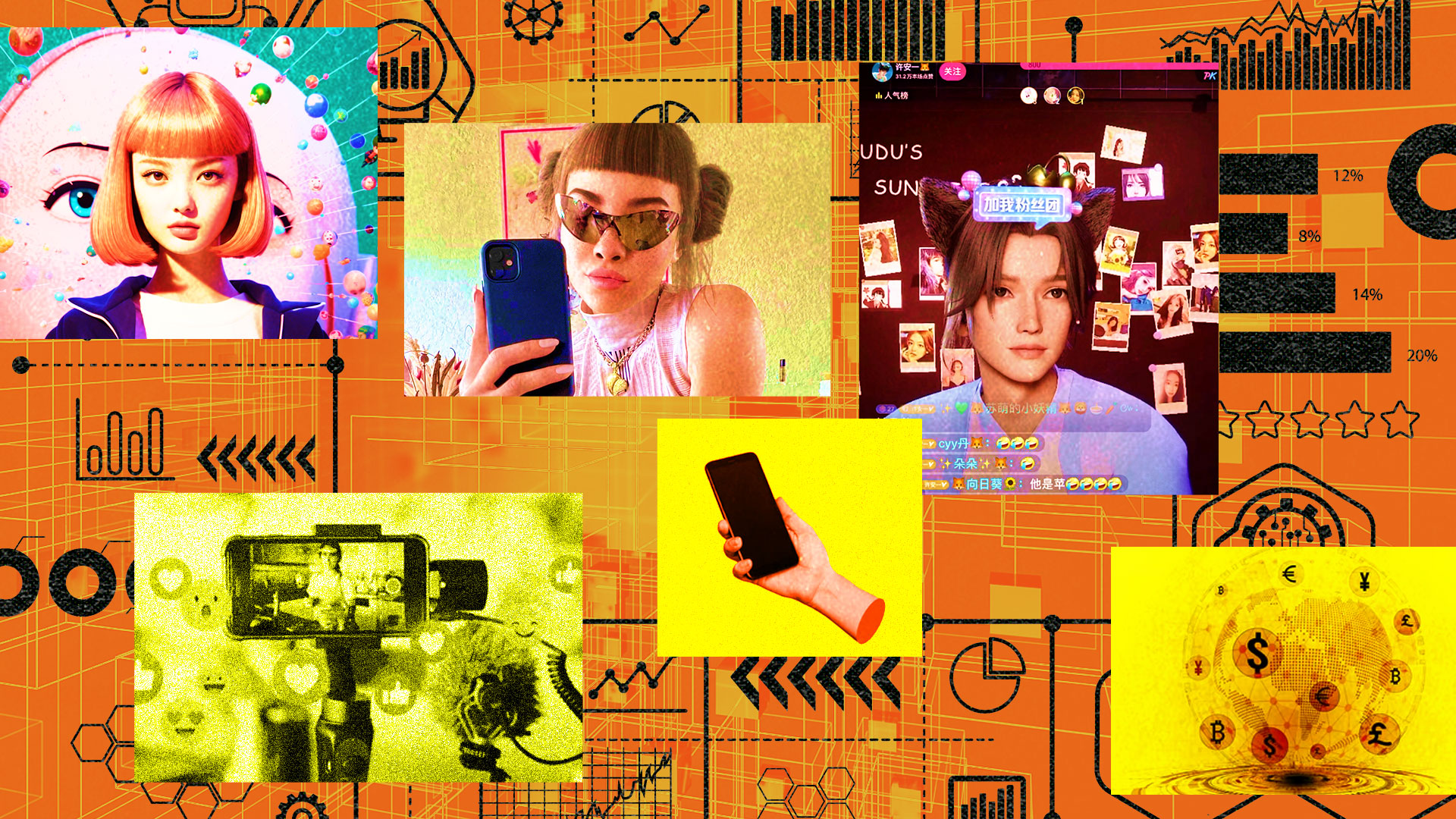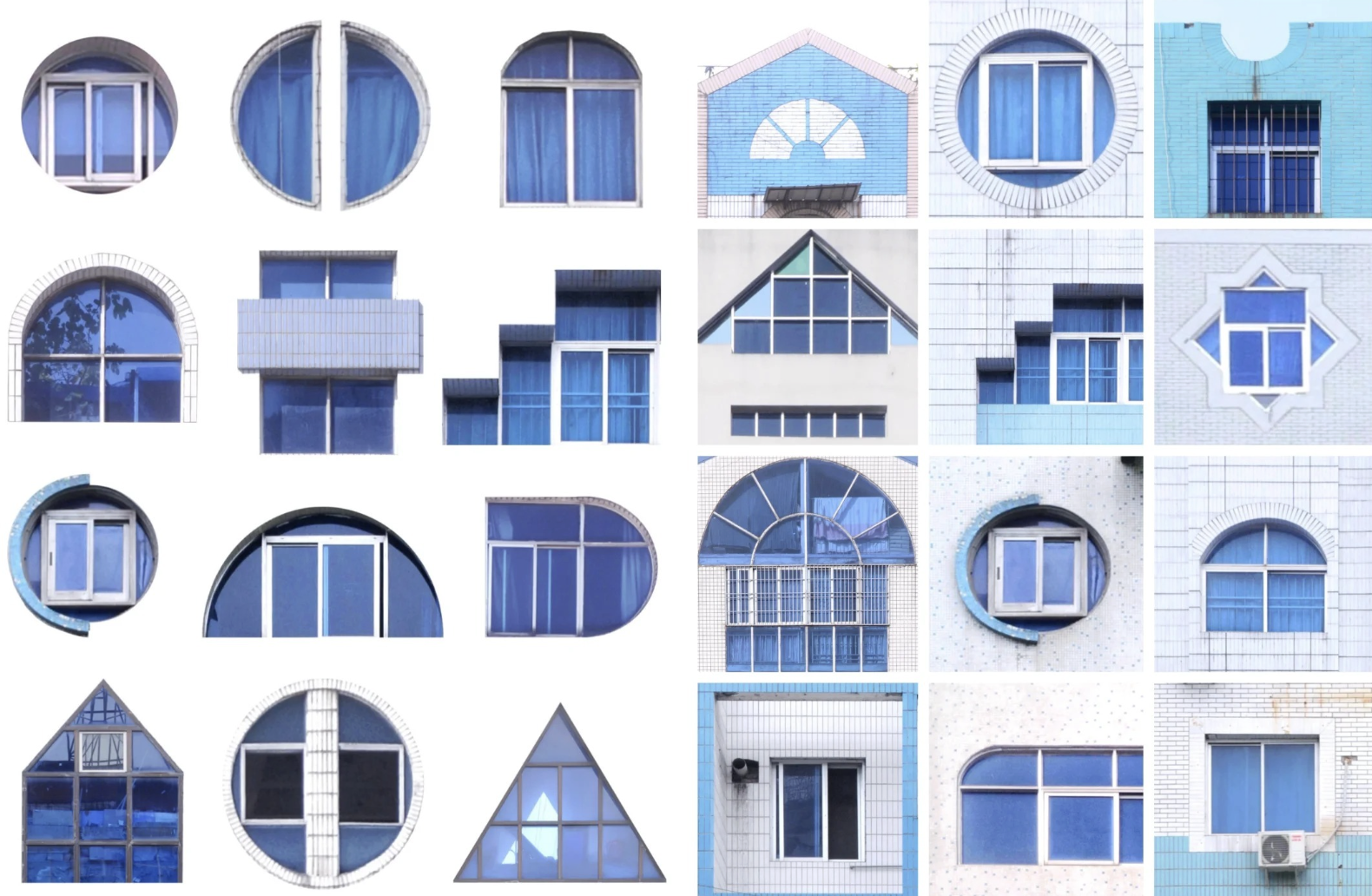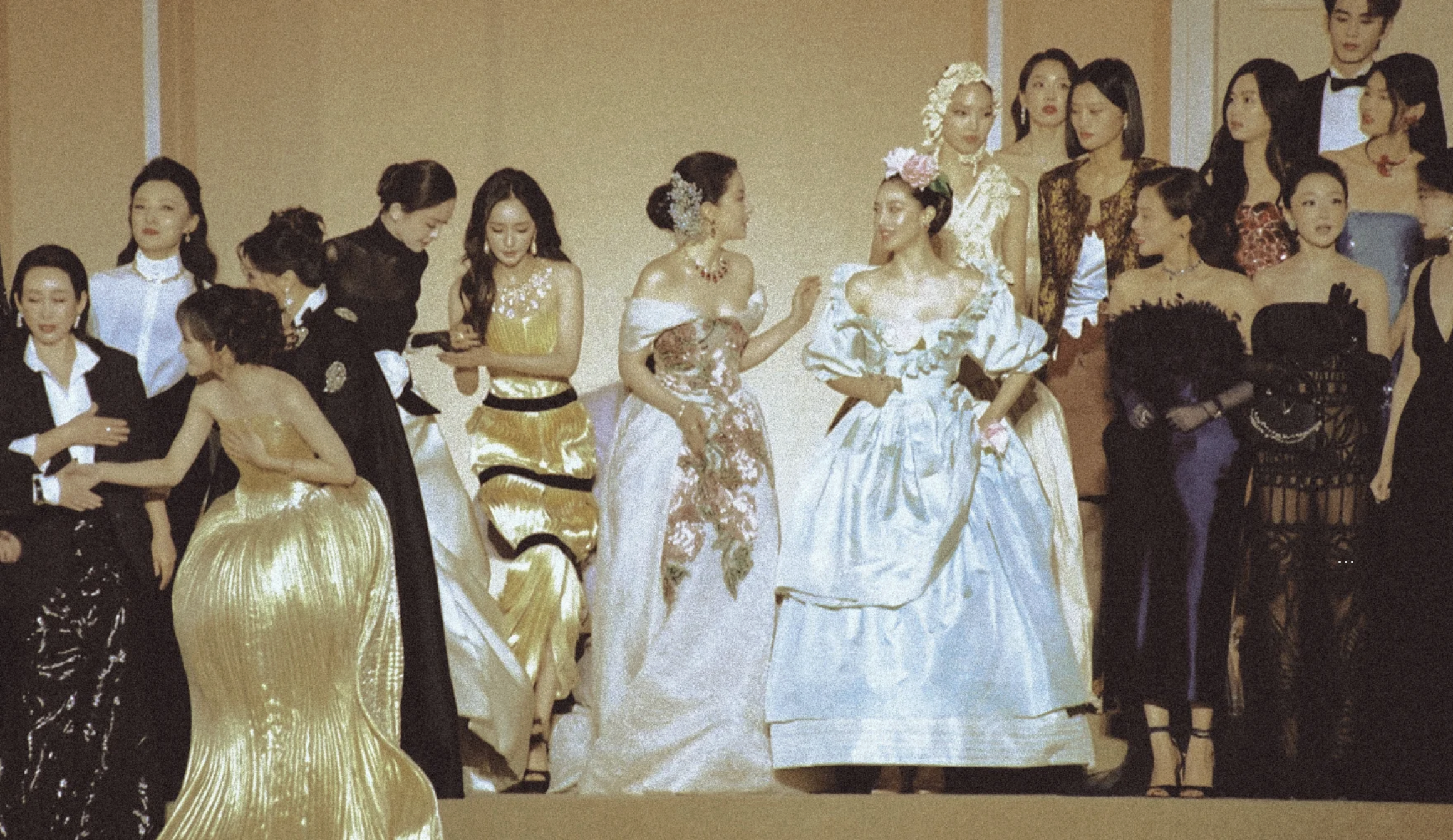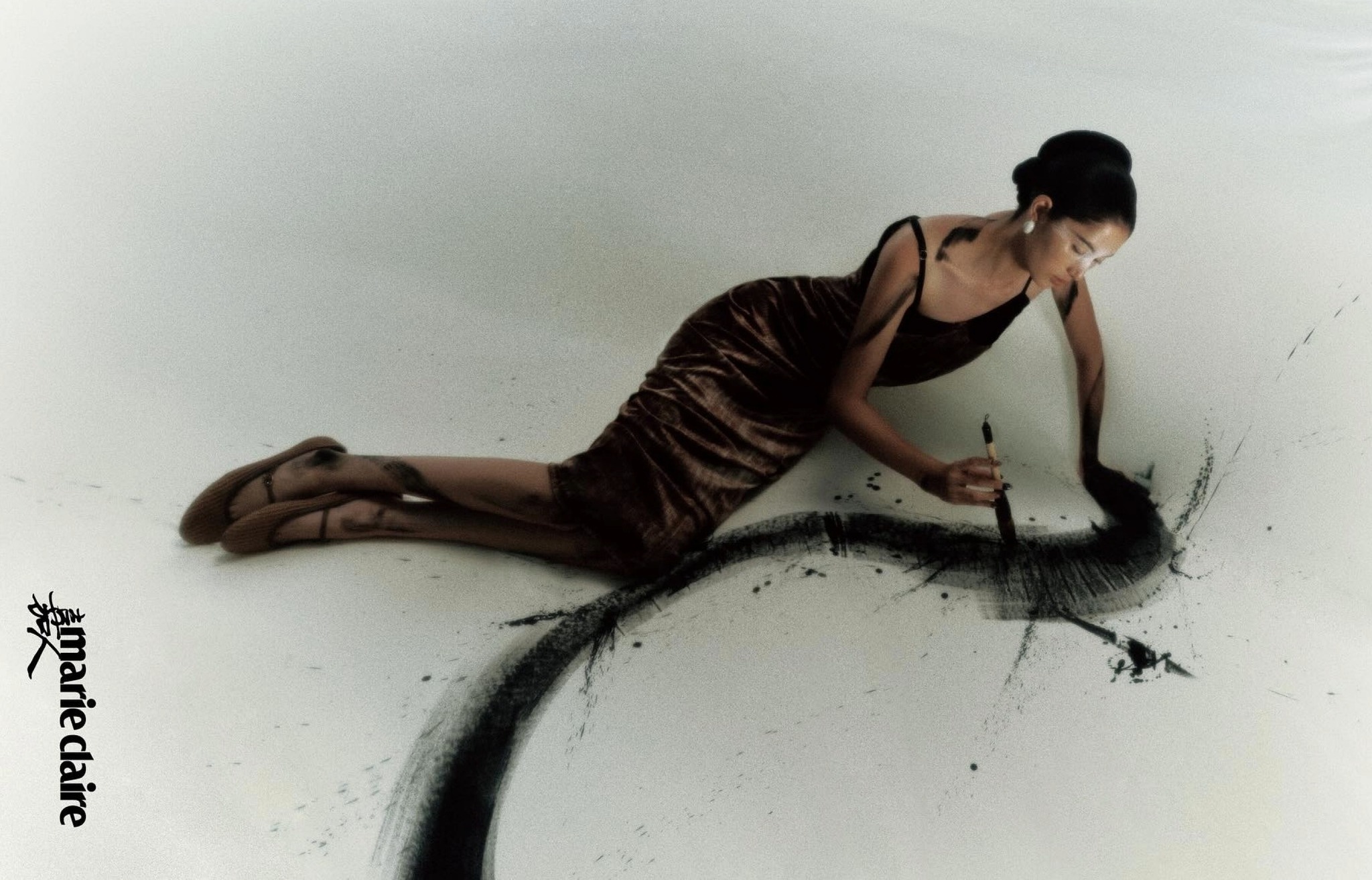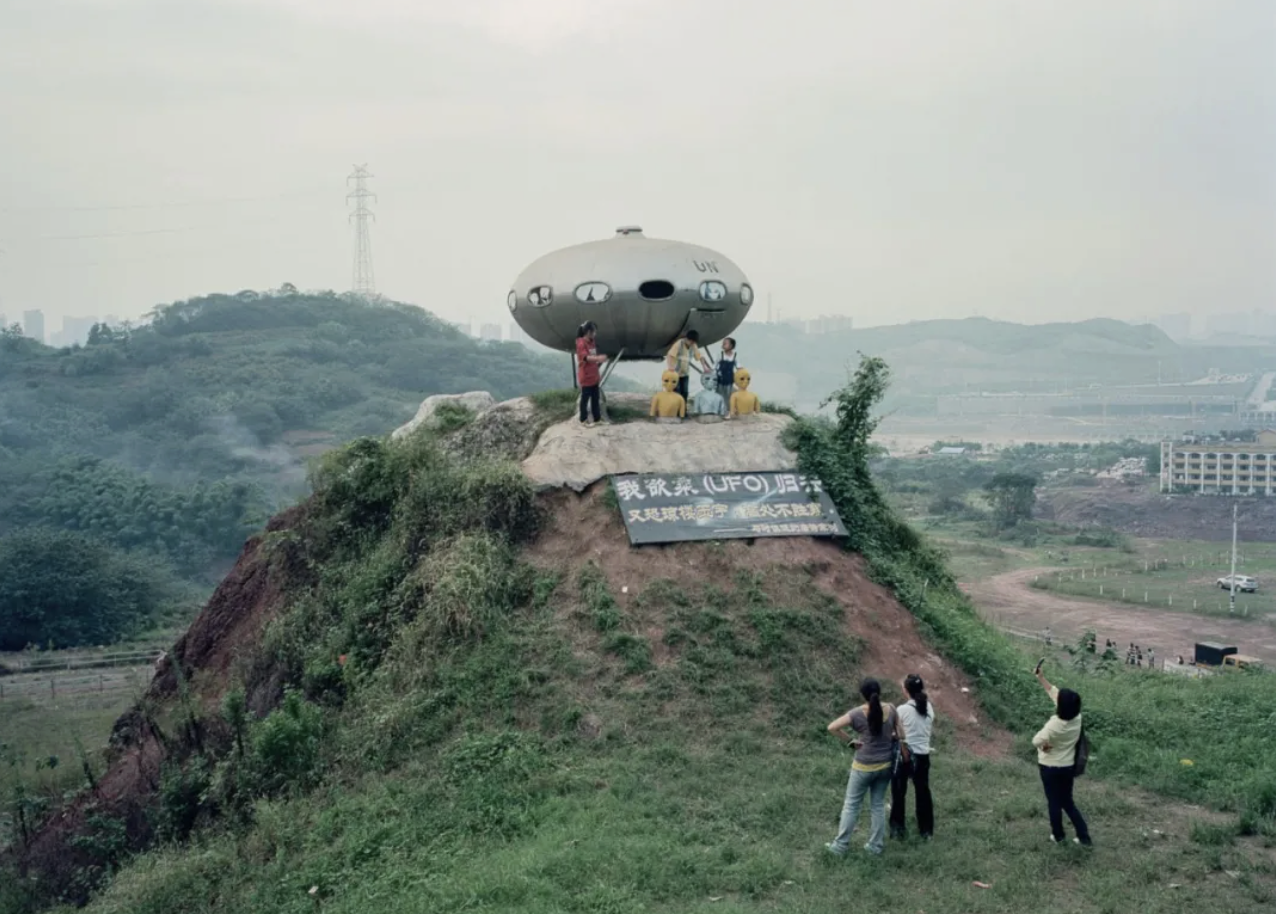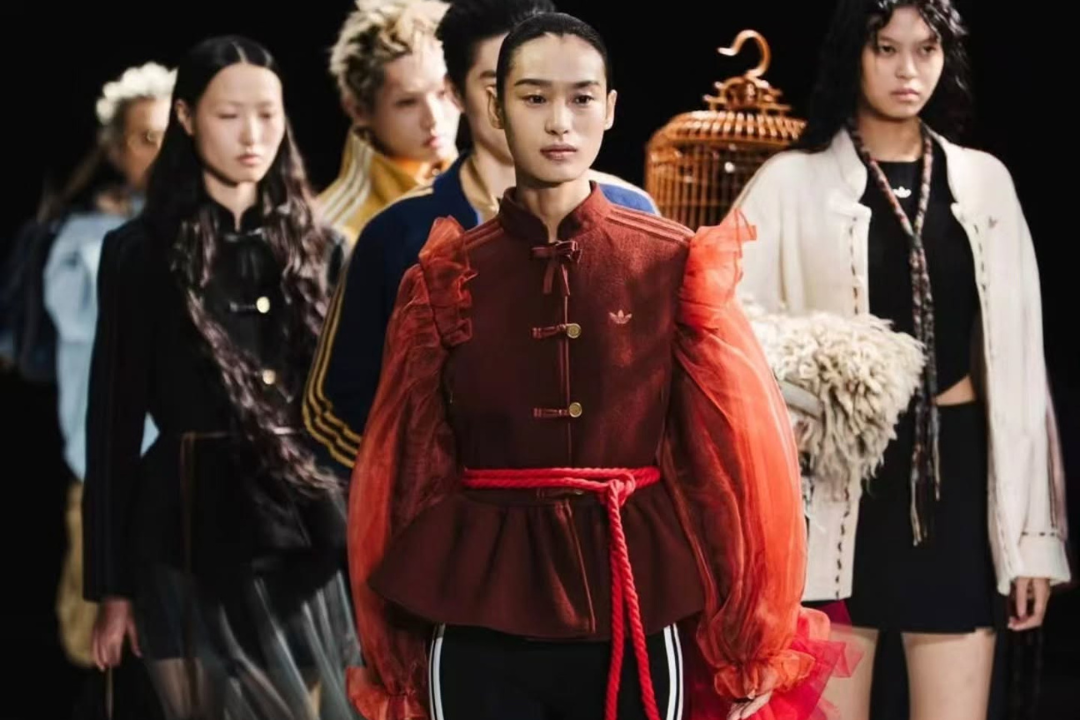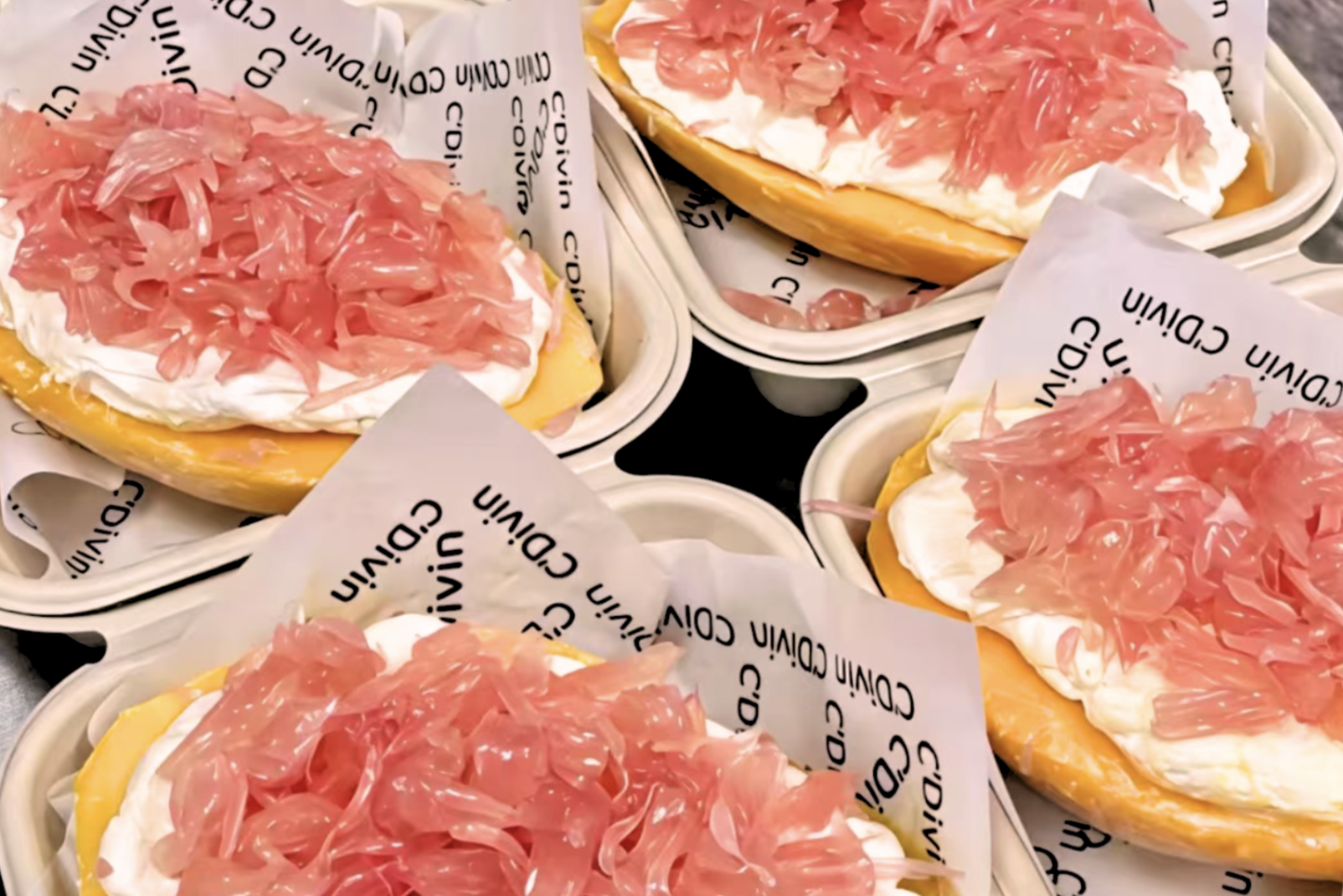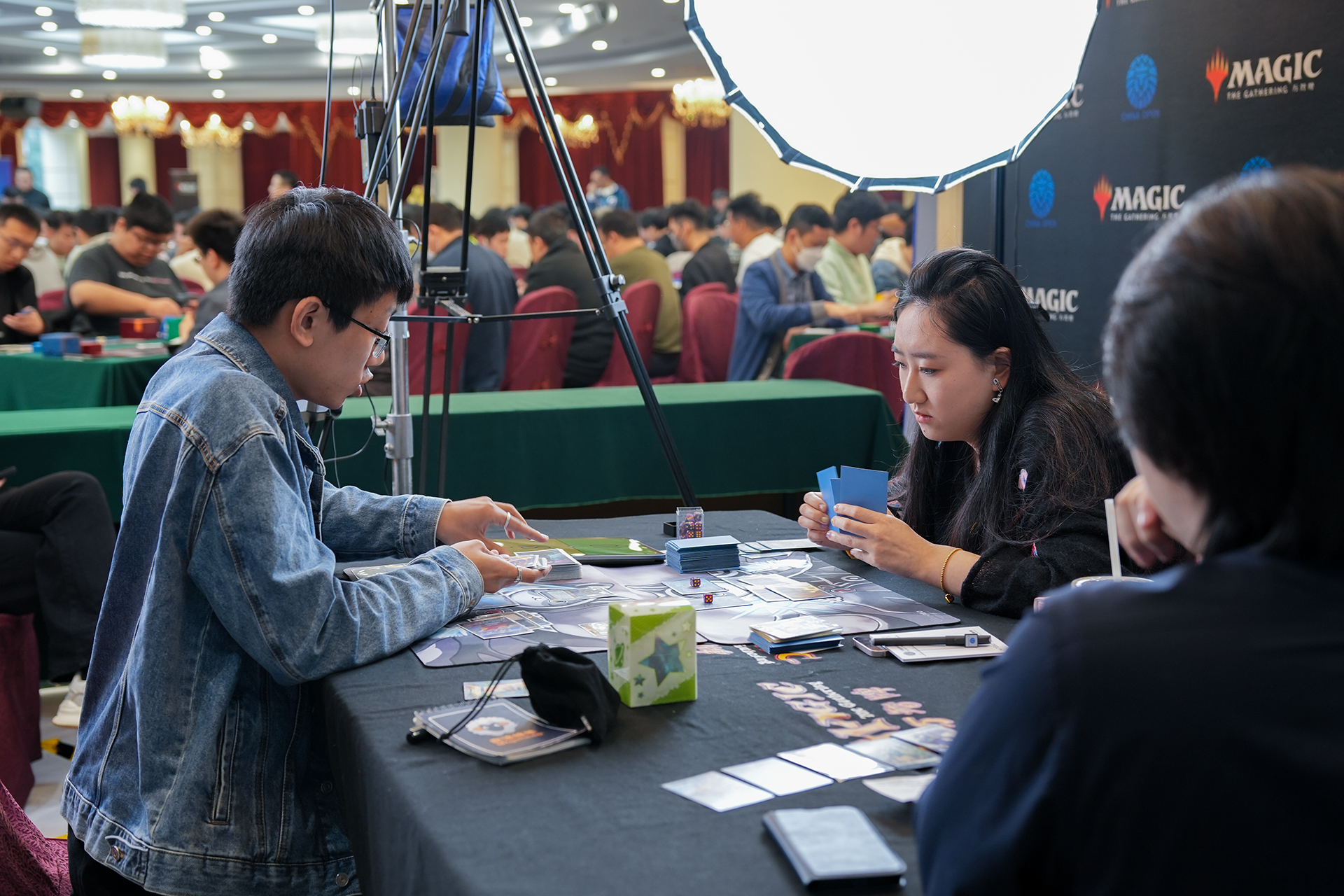On any given day on Shanghai’s East Nanjing Road, one can’t help but feel as if the whole world is walking down the famous pedestrian street, heading towards the Bund to see the skyscrapers on the other side of the Huangpu River. The current of people is dominated by an indecipherable buzz of foreign words intermixed with strong Chinese regional accents, slowly heading in procession towards the skyline with occasional pitstops at the multi-floor neon candy stores and toy shops.
Just before the end of the road, on the cusp of the Bund, stands the early twentieth-century historic brick Swatch Art Peace Hotel, where Beijing-born Chicago-based photographer Xu Guanyu has been living as a resident artist since March. “It’s fun living here, though it still shocks me sometimes the amount of people on this street,” he tells RADII from his current studio at the hotel, where the walls are plastered in some of his own photographic prints, including those in his ongoing series Resident Aliens. “It’s such a privilege living here because an apartment in this area is probably so expensive,” he adds. “Although sometimes I feel as if it’s far away from the actual experience of the city.”
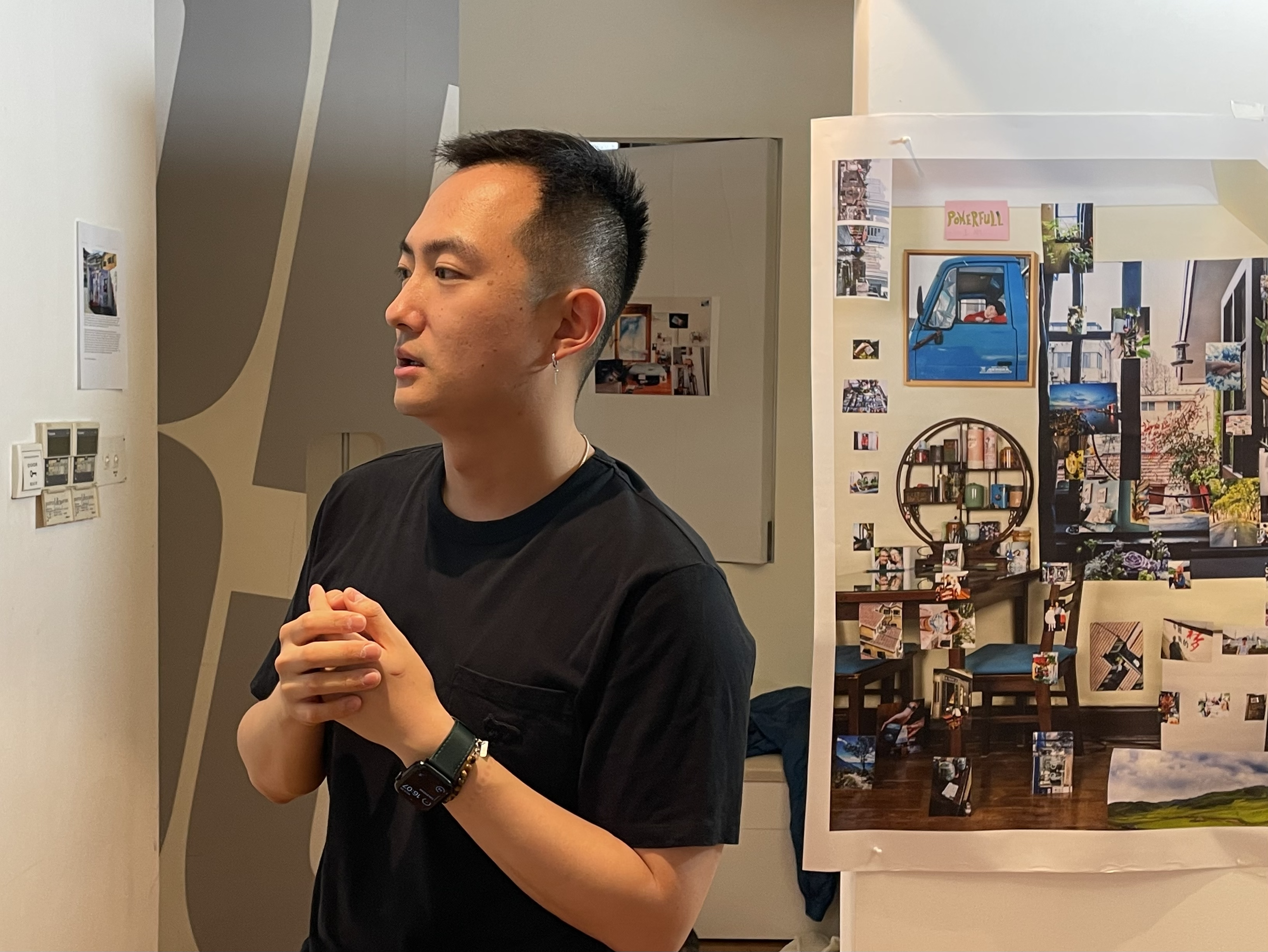
From the moment he arrived in Shanghai, Xu has been looking for the real corners of the city beyond the streets of tourists, and has been finding them within the quiet and intimate interiors of the individuals who have made the city their home over time. Through this search, Xu documents the immigrant experience and their spaces for his ongoing series of photographic installations, Resident Aliens. Conceived in 2020 in Chicago, the series explores the nuanced experiences of immigrants in different cities across the world within the private environment of their homes. “I wanted to explore their relationship with the temporary homes they’re creating in new cities,” Xu explains.

From afar, the photographs look like digital collages of disconnected images: a sunset, a blurry selfie, a close-up of a dish, a random assortment of images from one’s camera roll. From up close, one begins realizing the physical presence of these images through their shadows and wrinkled folds, revealing that they’re actually printed and placed directly within the interior of a home: a panoramic landscape photograph of mountains leans on a chair’s leg, a set of travel photographs are stuck to the side of a chest of drawers, a family photo stands against a picture of a window.
Most of the images are chosen by each person from their photographic archive, while the remaining few are pictures taken by Xu of details and objects within the home. “I usually ask each person to send me any meaningful photographs that represent who they are,” Xu explains. “It could be a family photo, a picture of their hometown, or food, even a screenshot.” With each image placed within the space, the immigrant home is temporarily transformed into a spatial collage that puts on display their life experiences spanning across countries and borders. “It’s important that each individual has the agency to decide how they are represented,” he says. “That’s why I see them as collaborators.”
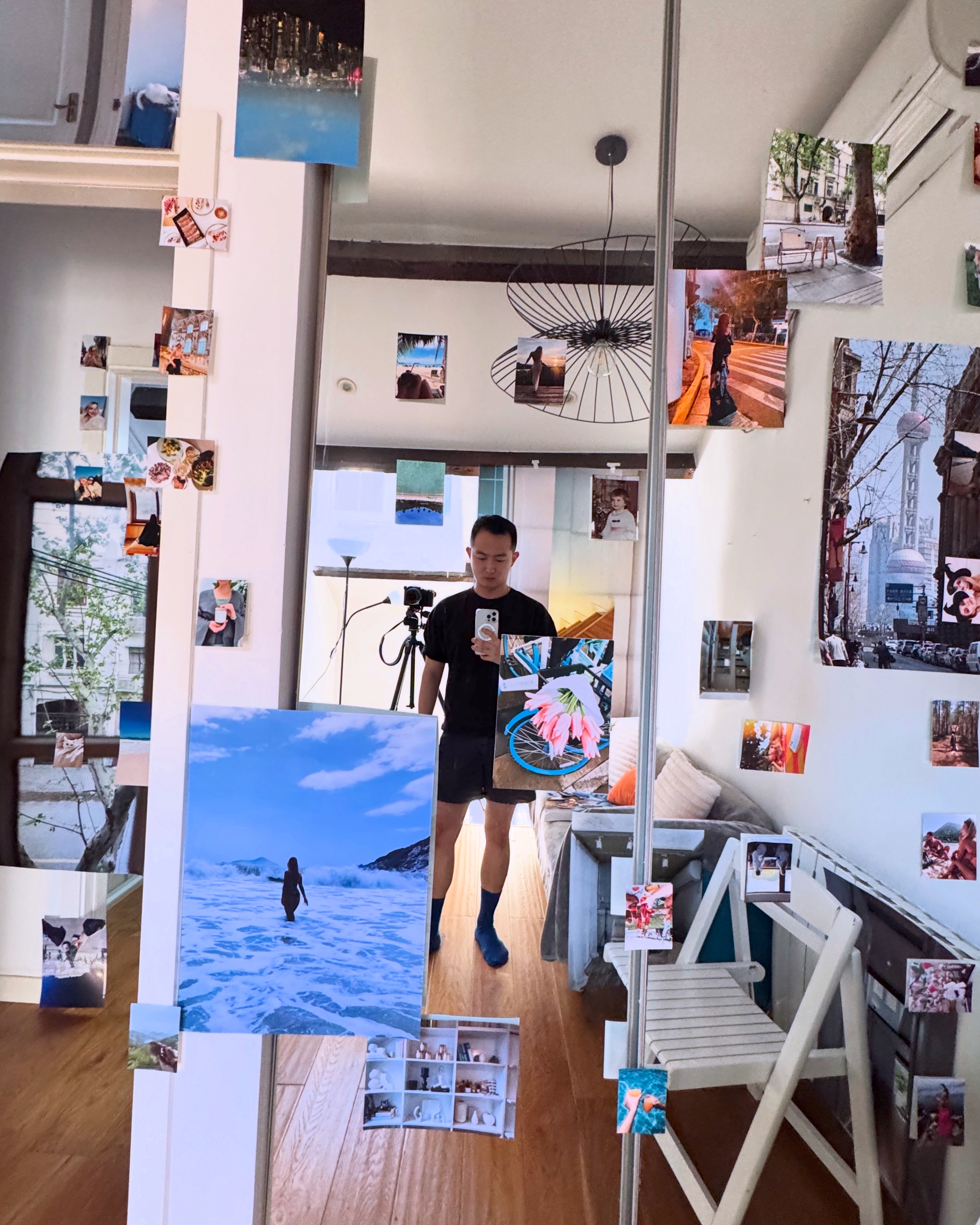
The idea for Resident Aliens stemmed from Xu’s own frustration with the US immigration system and its bureaucracy when he had to apply for his artist green card to be able to continue living in Chicago in 2020. “I had to hire a lawyer to help me prepare pages and pages of documents to share with the immigration office, including exhibitions I might have held, publications, awards, and a recommendation letter from an industry leader,” explains Xu. “Even though what they ask for is extremely specific, the selection can be arbitrary and solely dependent on the officer’s mood on that given day.” In the immigration office, one’s identity is reduced to a stack of paperwork to go through and an alienating case number—something that Xu jabs at through the titles of each of his works as he mimics the numerical format: SL-06172015-02112022, JM-05232018-11172023, YZ-08012018-03222024.
Yet, as one looks more closely, each title is a coded message that reveals more information about the individuals each spatial collage represents once deciphered: the initials of their names, the date they entered the country they’re living in, and the date when Xu collaborated with them to revisit and reveal the multitude of their lived experiences. The alienating numbers become another form of evidence of someone’s life, just like the different-sized personal images put on display within their homes rather than locked up in a filing folder.
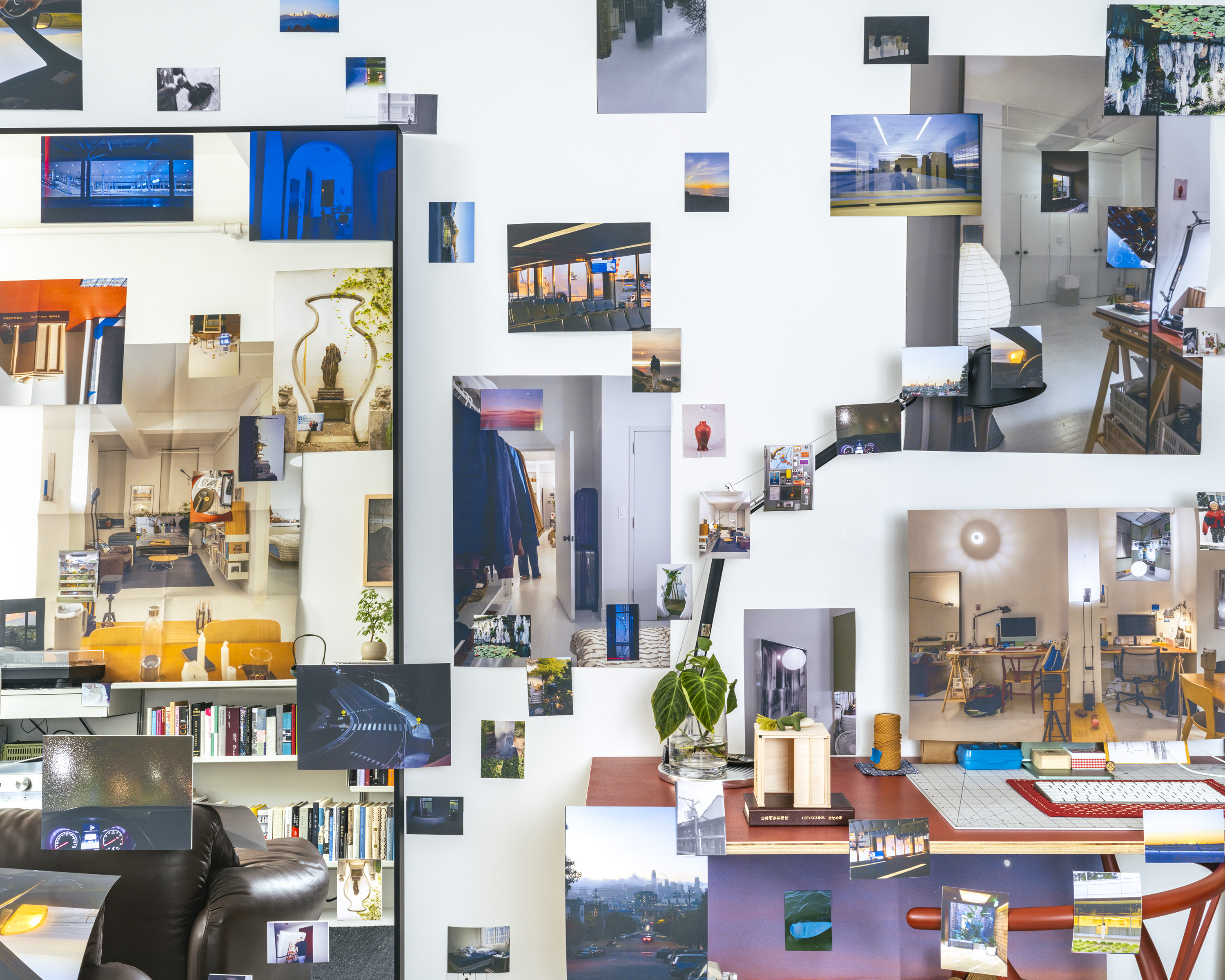
“When the project began in Chicago in 2020, after my visa status was approved, I mostly worked with the people who I knew around me, who were mostly Chinese and Asian,” says Xu. “But when I got opportunities to work in other cities, that’s when my collaborations opened up to include people from other backgrounds, too.” Since then, he has collaborated with immigrants living in other cities, including Nanjing, Beijing, New York, Hong Kong, East Lansing, and now, Shanghai. “I didn’t realise how international the city was before coming here,” he tells RADII about Shanghai.
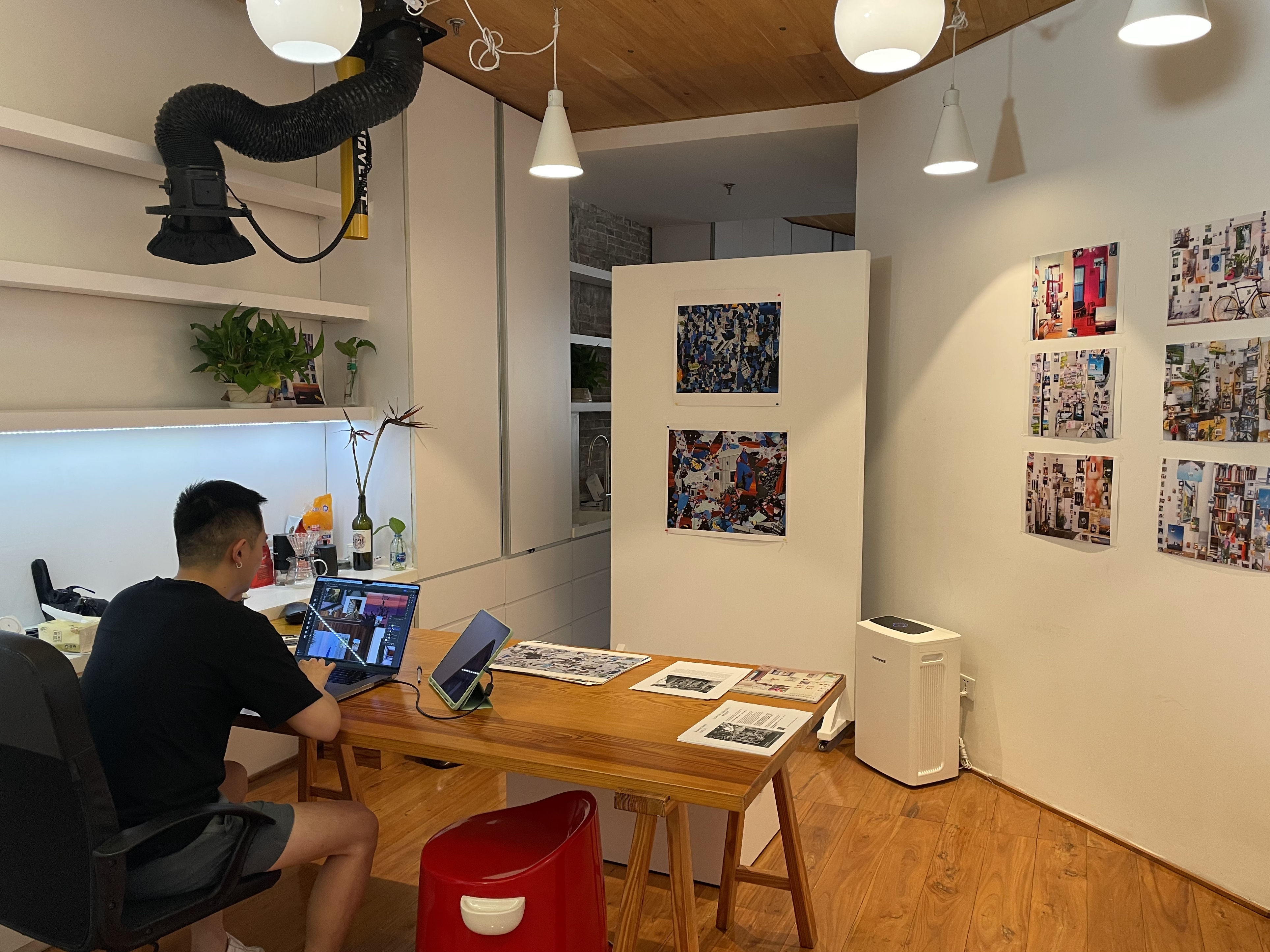
“A lot of the foreigners I have met here like to live in yang fang (洋房), the old foreign-style houses like this one,” he says, pointing to the large blown-up print of YH-02012010-03192024 behind him in his studio. In the photograph, the only antique details of the old house are grasped through the dark wooden floors and the traditional Chinese furniture; the rest is left to be deciphered through the physical photographs placed within the physical interior and taken by Xu, which capture the house from different angles both inside and outside. A large photograph of a window view reveals details of the type of house it might be, with its red-brick tiled roof and plants decorating the external window sill. “You can catch a glimpse of what their view might be like when they look through the window,” describes Xu. “And even imagine the type of building they might be living in and the landscape they might see.”
For one of the installations he’s currently working on, he traveled to Shanghai’s Fengxian District, next to Hangzhou Bay. “It takes two and a half hours by public transport to get there, and it shows a completely different side to the city,” explains Xu. “The rent is so cheap in comparison to the center, and the American-Ghanian couple I collaborated with there live in a Chinese version of an American villa,” he shares. One sometimes forgets the different lived realities that exist in Shanghai beyond the bustling central hubs of Jing’an and Huangpu.
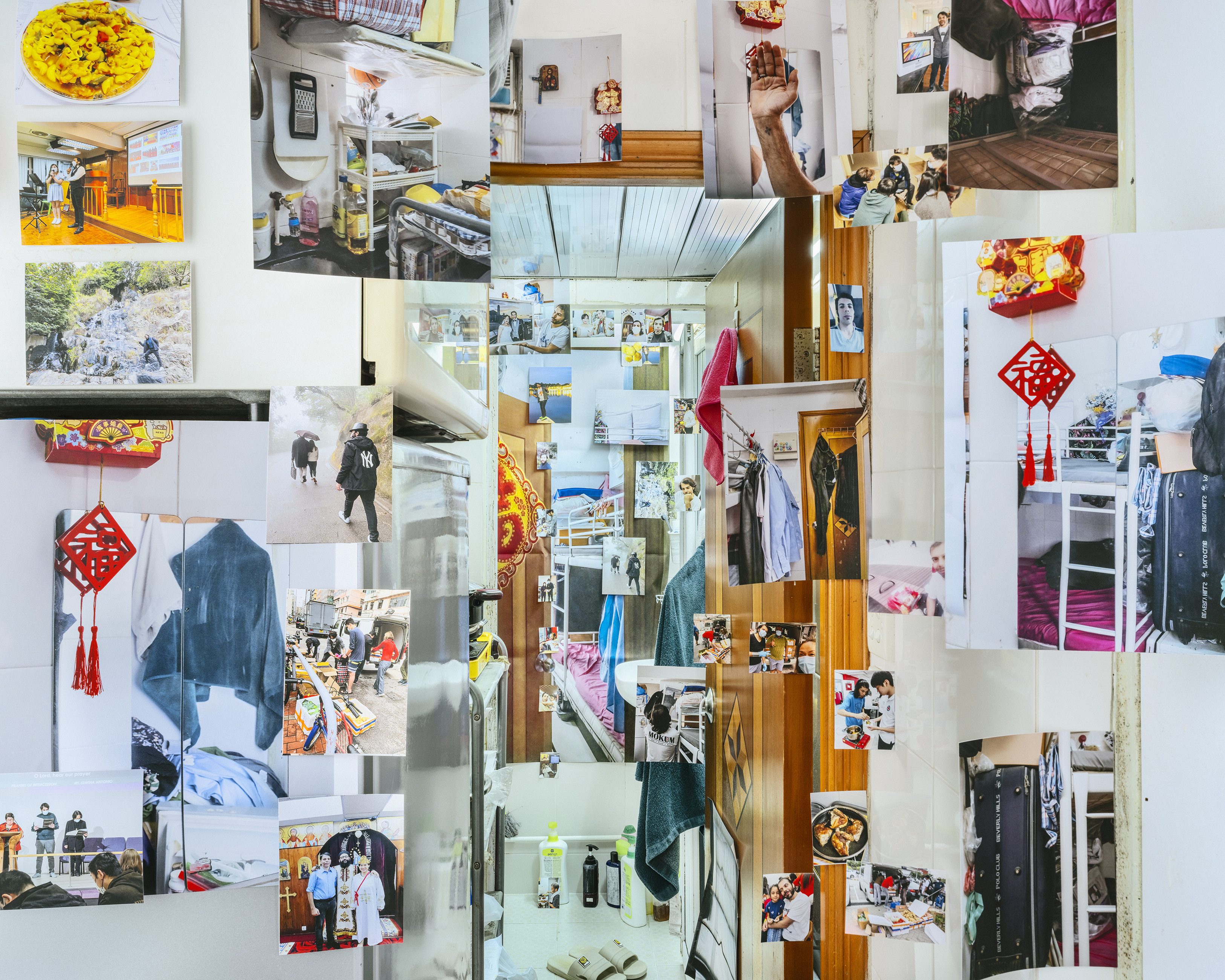
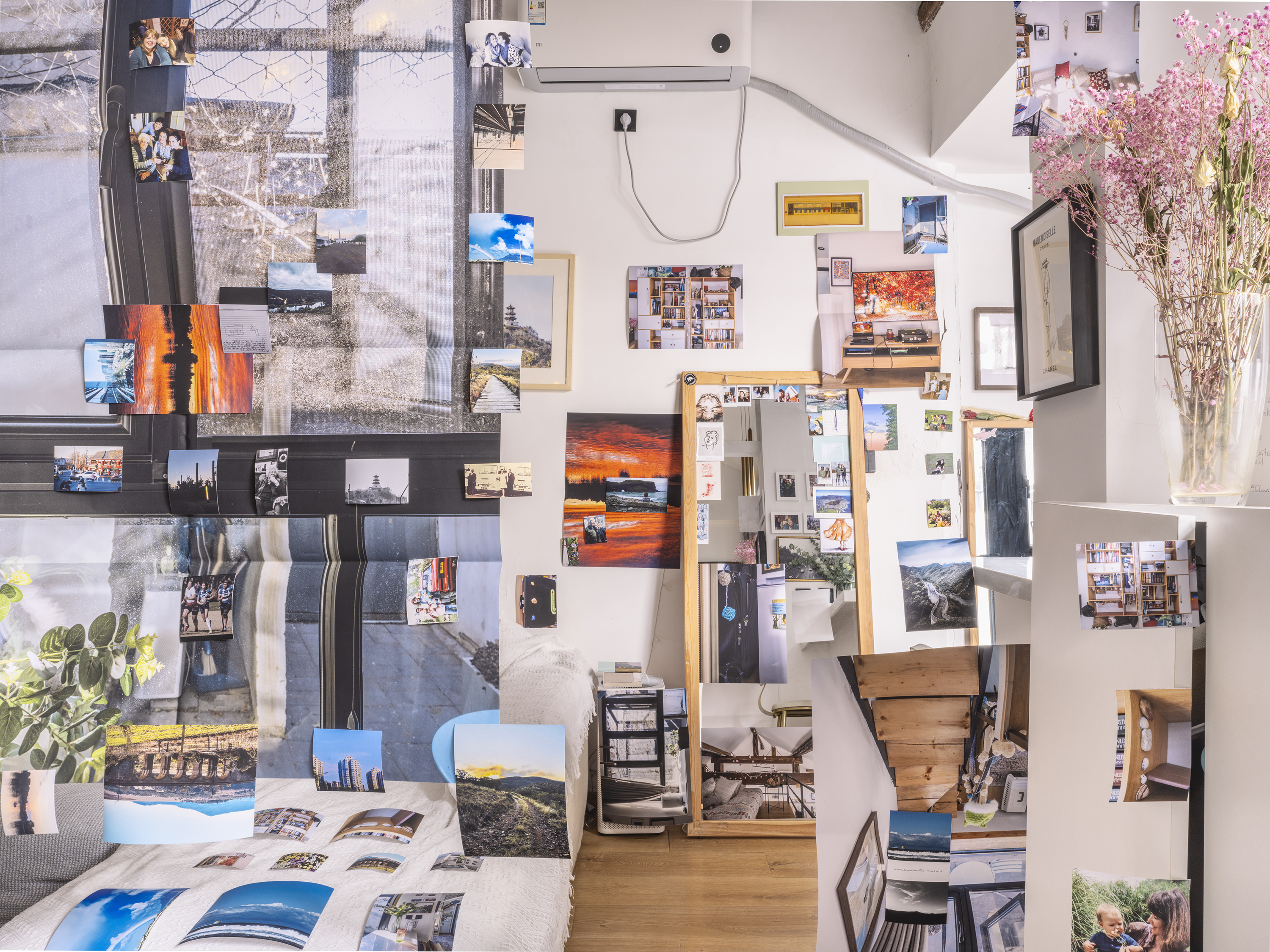
While Xu shares the stories behind some of the photographs in Resident Aliens, the cities and countries where they are set are never explicitly revealed, as details within them transcend cultural boundaries. In XL-08162013-11152023 & YL-08192013-11152023, books in English and Chinese are placed on a bookshelf, maybe reflective of a bilingual household where neither one nor the other might be the dominant language. In HI-11182013-06302023, a photograph of a small Christian icon of Jesus is placed next to a hanging red fortune pendant (福挂件), a coming together of different belief systems. Through each collaboration, Xu puts on display each of their deep and multilayered realities, peeling away from the alienating assumptions often associated with immigrants and the term itself. All the while shaping a new narrative that celebrates their complex personal histories, slowly placing one picture at a time on the wall—a visual map of their lived experiences.
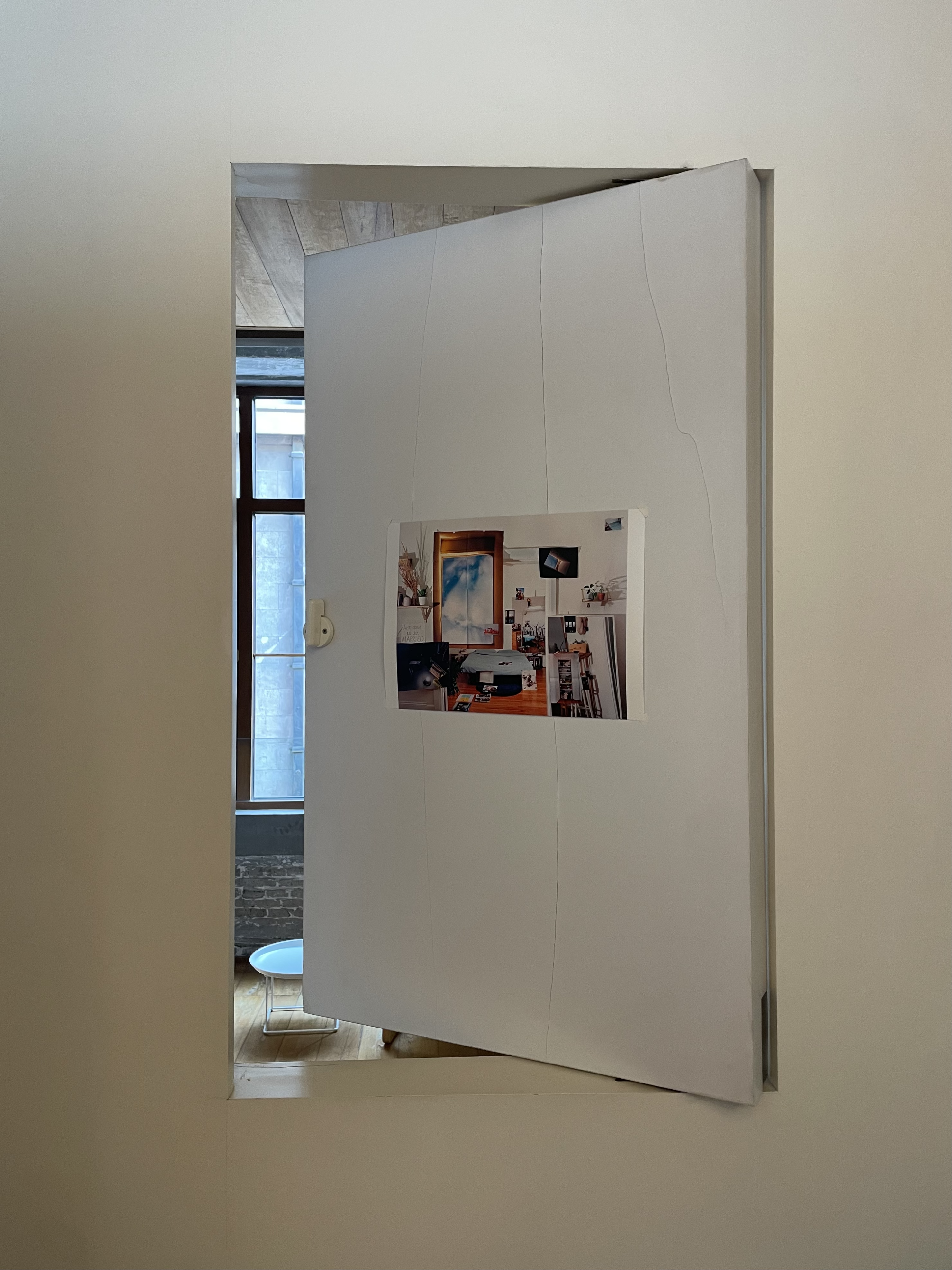
Cover and artwork images via Xu Guanyu.

